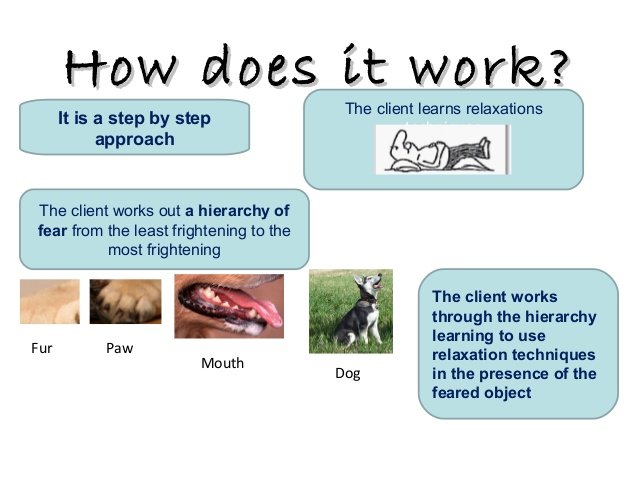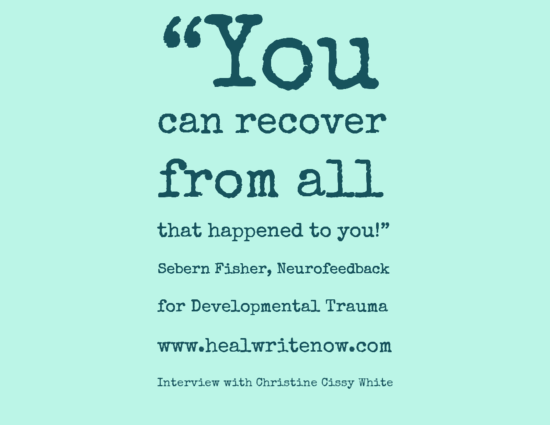Exposure Treatment and Therapy of Posttraumatic Stress Disorder PTSD

Image Source
In considering treatment intercession in instances of PTSD, it is shrewd to venture back and take a fairly more extensive perspective of the area of trauma response when all is said in done. Managing psychological distress following trauma falls into three stages:
First, there is the prompt aftermath of the trauma when psychosocial parts of individual care can be organized, questioning and education about the conceivable results of trauma can be given, and screening of potential long-term issues can occur.
Second, there is progressing longer-term help including treatment of particular issue, for example, PTSD with psychological therapies.
Finally, there are likewise the longer-term parts of psychosocial mind, for example, the setting up of survivor groups and other such effort administrations.
Exposure Therapy
An assortment of terms have been utilized as a part of the psychological and psychiatric literature to portray prolonged exposure to any stimulus that a patient discovers anxiety-inciting, without relaxation or other anxiety-diminishing strategies, may prompt eventual decrease in the anxiety response. Exposure therapy ordinarily starts with improvement of what is called anxiety hierarchy.
This is an individual rundown arranged by the client of the parts of a stimulus that deliver fear and distress. At the base of the hierarchy would be those viewpoints that exclusive evoke gentle fear. As one goes up the hierarchy, the components ought to can possibly inspire dynamically more fear until the highest point of the hierarchy which represents the most feared part of the trauma.

Image Source
In a few types of exposure therapy, for example, flooding, treatment sessions start with exposure to the best thing on the hierarchy. In different types of exposure therapy, things evaluated as reasonably anxiety-inciting are the beginning stage. All exposure therapy strategies share the basic component that the individual goes up against the fear-instigating stimulus until the point that the anxiety is lessened.
Types of Exposure Therapy
- Flooding
- Imaginal Exposure
- Invivo Exposure
- Prolonged Exposure
- Directed Exposure
There are a few variations of exposure therapy in the PTSD domain. In imaginal exposure therapy, patients go up against their memories of the traumatic event in creative energy. Some imaginal strategies include clients giving their own particular self-portraying story of the trauma in detail in the present tense, for a prolonged timeframe, with inciting by the therapist for any subtle elements that might be excluded.
This story is then taped and the individual takes it away and tunes in to it in the middle of therapy sessions. Different types of imaginal exposure include the therapist presenting a scene to the client, in light of data accumulated preceding the exposure exercise. The length and number of exposure therapy sessions additionally fluctuates crosswise over various conceptualizations of the treatment. At long last, take note of that exposure therapy is infrequently utilized alone as a treatment however usually joined with other treatment components, for example, education about the course and indications of PTSD, relaxation training and cognitive therapy.

Image Source
Systematic Desensitization
Systematic desensitization is a particular type of exposure therapy that is matched with relaxation training and was first advanced by Wolpe. The focal proposition is that relaxation is believed to be in a general sense contradictory with an anxiety response.
By presenting the individual to the traumatic event, hence evoking anxiety, and following this quickly with relaxation techniques, it is believed that the anxiety will be diminished. Similarly as with different types of exposure therapy, the first step in systematic desensitization is normally to build up an anxiety hierarchy. Relaxation training is then instructed until the point that clients wind up capable in having the capacity to unwind their body shortly.
After picking up this aptitude, the exposure session starts, stopping for the commencement of relaxation when the anxiety starts to mount. The therapist wavers amongst relaxation and exposure until the point when the client can endure every one of the stimuli on the hierarchy with no anxiety.
Exposure therapy for PTSD has its starting points in social learning theories of the turmoil. The thought is that presenting the person to different conditioned stimuli that inspire fear will show that these stimuli are not undermining, given the individual can stay in the exposure circumstance until the point when the fear dies down.

Image Source
References:
Post-traumatic Stress Disorder PTSD
Posttraumatic stress disorder
Exposure Therapy for PTSD
How Exposure Therapy Treats Post-Traumatic Stress Disorder
Prolonged Exposure for PTSD
Exposure Therapy for PTSD
Systematic Desensitization
Posted from my blog with SteemPress : https://steemme.000webhostapp.com/2018/06/exposure-treatment-and-therapy-of-posttraumatic-stress-disorder-ptsd
Depression is a real thing. I wish everyone could understand it.
Downvoting a post can decrease pending rewards and make it less visible. Common reasons:
Submit
Depression is a
Real thing. I wish everyone
Could understand it.
- rashmitasen
I'm a bot. I detect haiku.
Downvoting a post can decrease pending rewards and make it less visible. Common reasons:
Submit